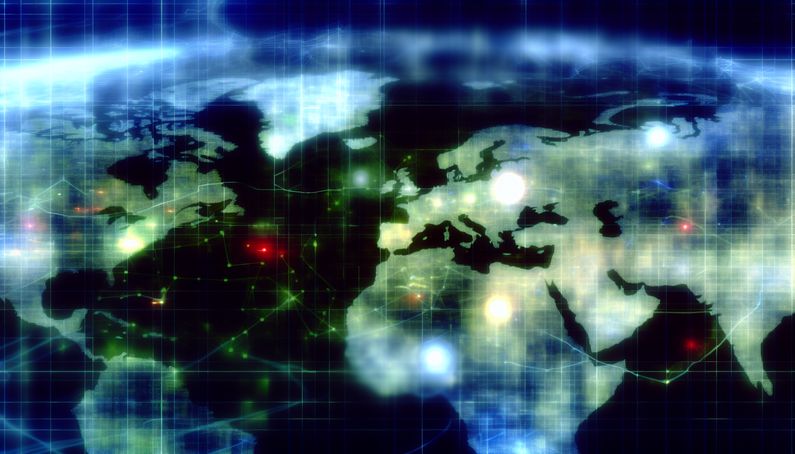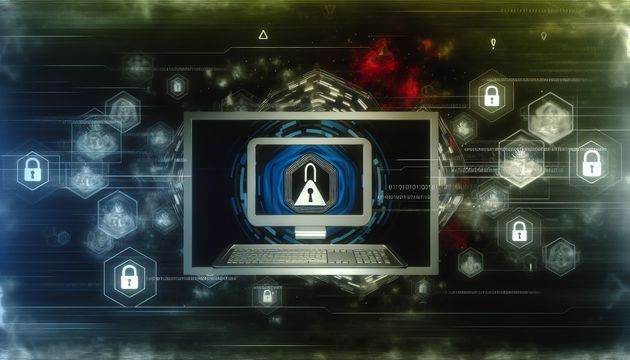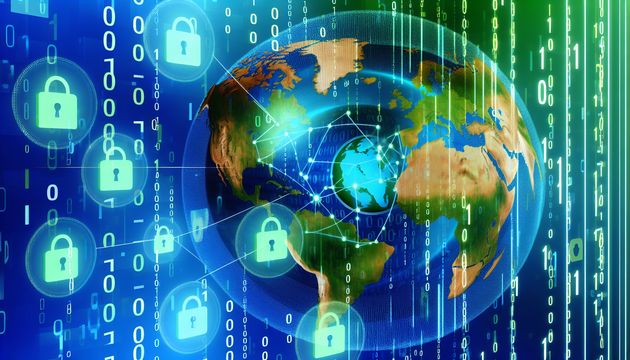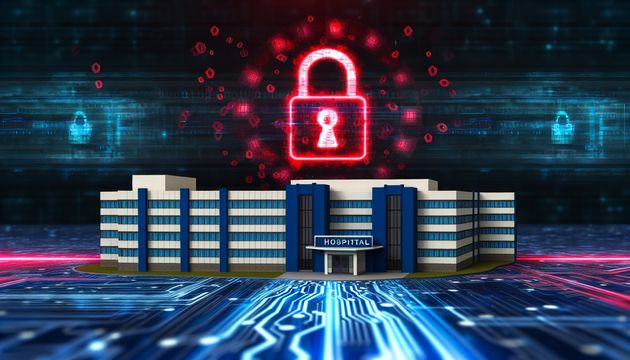
Understanding Iran's Cyber Threat Landscape: Challenges and Strategies
Iran’s cyber capabilities have become a significant concern for global cybersecurity, particularly for the United States. The evolution of these capabilities is not just a tale of technological advancement but also a reflection of geopolitical tensions. A striking example of Iran’s cyber prowess was the 2012 Shamoon malware attack on Saudi Aramco, which wiped data from tens of thousands of computers, causing substantial operational disruption (PwnDefend). More recently, the U.S. has issued warnings about potential Iranian cyberattacks targeting critical infrastructure sectors such as energy, water, and healthcare (BleepingComputer). These threats are not just theoretical; they have manifested in real incidents, such as the 2023 attack on a Pennsylvania water facility, highlighting the urgent need for robust cybersecurity measures (BleepingComputer).
Iranian Cyber Threat Landscape
Historical Context of Iranian Cyber Activities
Iran’s cyber capabilities have evolved significantly over the past decade, positioning the nation as a formidable player in the realm of cyber warfare. Historically, Iran’s cyber activities have been motivated by geopolitical tensions, particularly with the United States and its allies. The 2012 Shamoon malware attack against Saudi Aramco demonstrated Iran’s ability to deploy destructive malware to disrupt critical infrastructure, showcasing the potential for significant operational disruption.
Current Threat Landscape
In recent years, Iranian cyber threat actors have become increasingly sophisticated and aggressive. The U.S. government has issued multiple warnings about potential cyberattacks from Iranian-affiliated hackers targeting critical infrastructure, including energy, water, and healthcare sectors (BleepingComputer). These actors exploit unpatched vulnerabilities and utilize default passwords to breach systems, as seen in the 2023 attack on a Pennsylvania water facility.
Techniques and Tactics Employed
Iranian cyber actors employ a variety of tactics to achieve their objectives. Imagine a burglar finding an unlocked door or a window left ajar; similarly, these actors exploit vulnerabilities in software and hardware systems to gain unauthorized access to critical infrastructure and sensitive data. They also use ransomware in collaboration with Russian ransomware gangs like NoEscape and ALPHV, and sometimes opt for data wipers instead of ransomware to conduct destructive attacks. Additionally, Iranian hackers often engage in hacktivism, performing distributed denial-of-service (DDoS) attacks or defacing websites, typically accompanied by politically motivated messages promoted on platforms like X and Telegram.
Geopolitical Drivers and Motivations
The geopolitical landscape plays a crucial role in shaping Iran’s cyber activities. The U.S. government’s involvement in military actions against Iran, such as airstrikes on Iranian nuclear facilities, has heightened the risk of retaliatory cyberattacks (Cybersecurity Dive). Tehran’s cyber operations are often opportunistic, targeting vulnerable U.S. critical infrastructure when the geopolitical environment is tense (CNN).
Defensive Measures and Mitigation Strategies
To counter the Iranian cyber threat, U.S. agencies such as CISA, the FBI, and the NSA have issued guidelines and best practices for protecting critical infrastructure. Key recommendations include:
- Isolation of Systems: Organizations are urged to isolate operational technology (OT) and industrial control systems (ICS) from the public internet and restrict remote access.
- Strong Authentication: Implementing strong, unique passwords and enabling multi-factor authentication (MFA) for critical systems is essential to prevent unauthorized access.
- Regular Software Updates: Organizations should install all software updates, especially on internet-facing systems, to fix known vulnerabilities.
- Network Monitoring: Continuous monitoring of networks and servers for unusual activity can help detect and respond to potential threats promptly.
- Incident Response Planning: Developing and testing incident response plans ensures that all backups and recovery strategies are effective in the event of a cyberattack.
Future Outlook and Challenges
The future of the Iranian cyber threat landscape is likely to be influenced by ongoing geopolitical tensions and technological advancements. As Iran continues to develop its cyber capabilities, the potential for more sophisticated and damaging attacks increases. The challenge for U.S. critical infrastructure operators lies in maintaining robust cyber defenses while adapting to the evolving threat landscape.
Moreover, the use of cyber operations for psychological warfare, as noted by experts, underscores the importance of not overhyping the threat and inadvertently giving adversaries the psychological advantage they seek (Cybersecurity Dive). Instead, a measured and strategic approach to cybersecurity can help mitigate risks and protect critical infrastructure from potential Iranian cyber threats.
Final Thoughts
The Iranian cyber threat landscape is a dynamic and evolving challenge that requires constant vigilance and adaptation. As geopolitical tensions continue to influence Iran’s cyber activities, the potential for more sophisticated and damaging attacks grows. U.S. agencies like CISA, the FBI, and the NSA have provided guidelines to protect critical infrastructure, emphasizing the importance of isolation, strong authentication, and regular software updates (BleepingComputer). Looking ahead, the challenge lies in maintaining robust defenses while adapting to the evolving threat landscape. A strategic approach to cybersecurity, avoiding overhyping threats, can help mitigate risks and protect critical infrastructure from potential Iranian cyber threats (Cybersecurity Dive).
References
- PwnDefend. (2025, June 22). Why U.S. and Israeli airstrikes on Iran won’t shift the cyber threat landscape. https://www.pwndefend.com/2025/06/22/why-u-s-and-israeli-airstrikes-on-iran-wont-shift-the-cyber-threat-landscape/
- BleepingComputer. (n.d.). U.S. warns of Iranian cyber threats on critical infrastructure. https://www.bleepingcomputer.com/news/security/us-warns-of-iranian-cyber-threats-on-critical-infrastructure/
- Cybersecurity Dive. (n.d.). Iran cyberattacks warning: U.S. government, Israel war. https://www.cybersecuritydive.com/news/iran-cyberattacks-warning-us-government-israel-war/751963/



